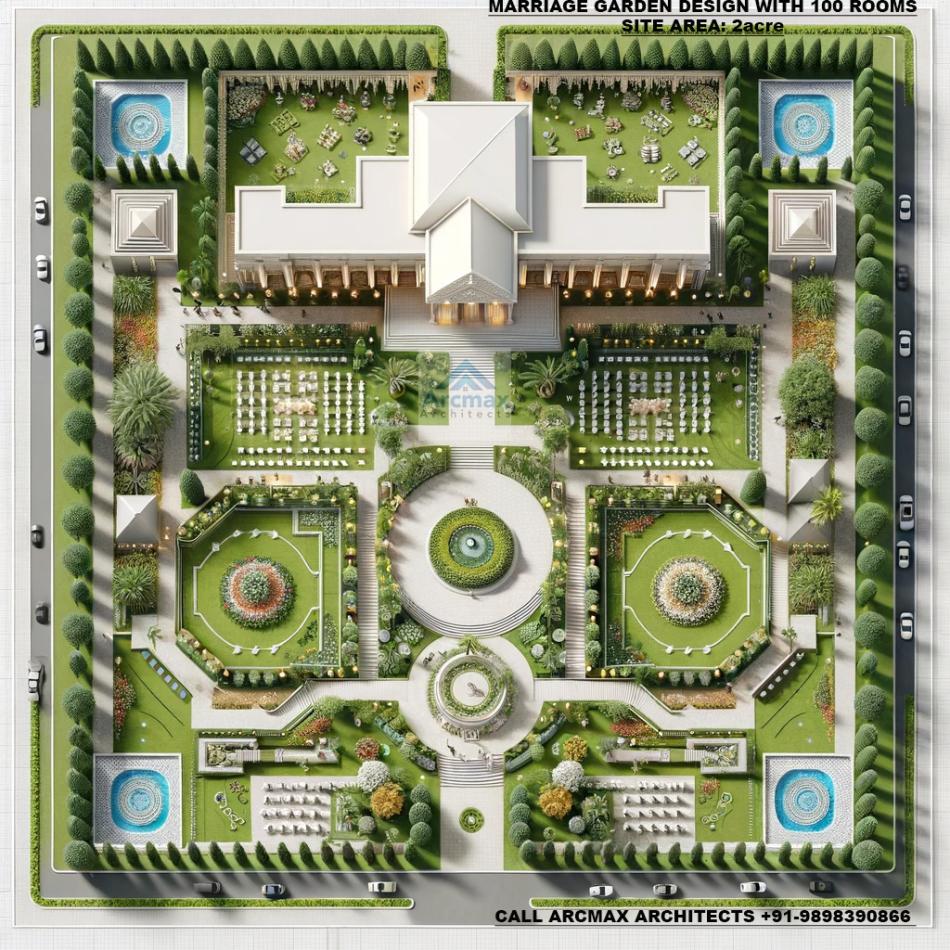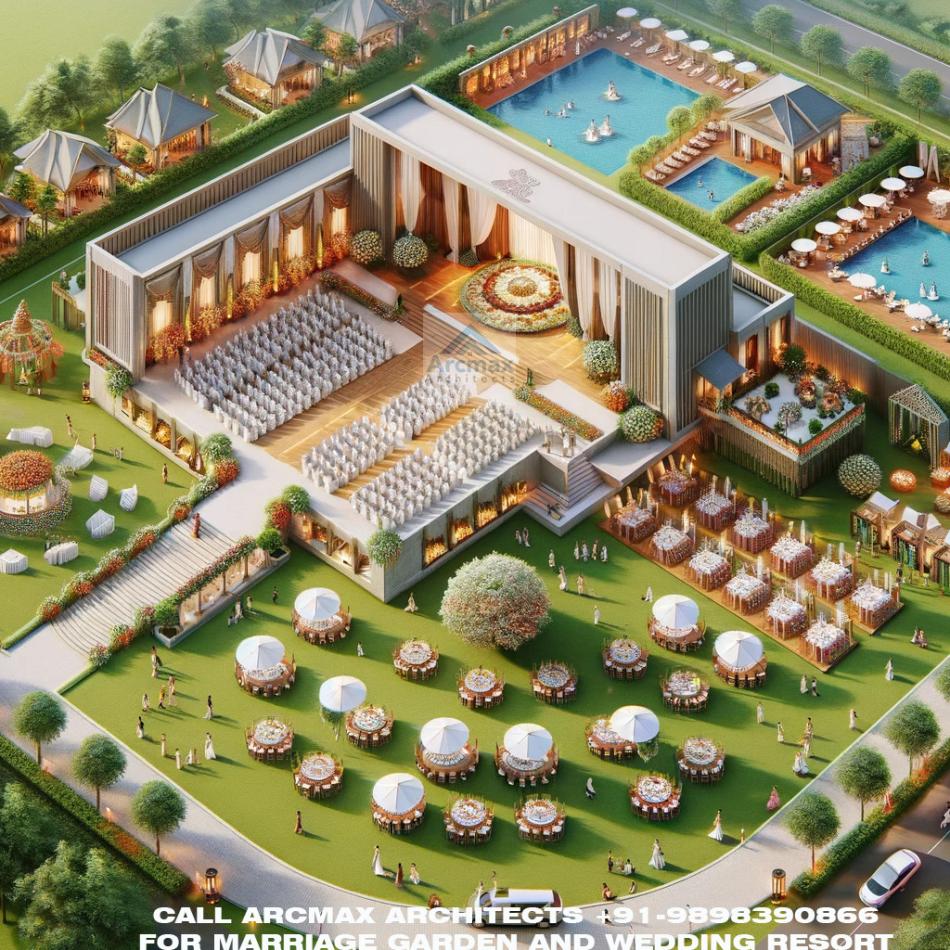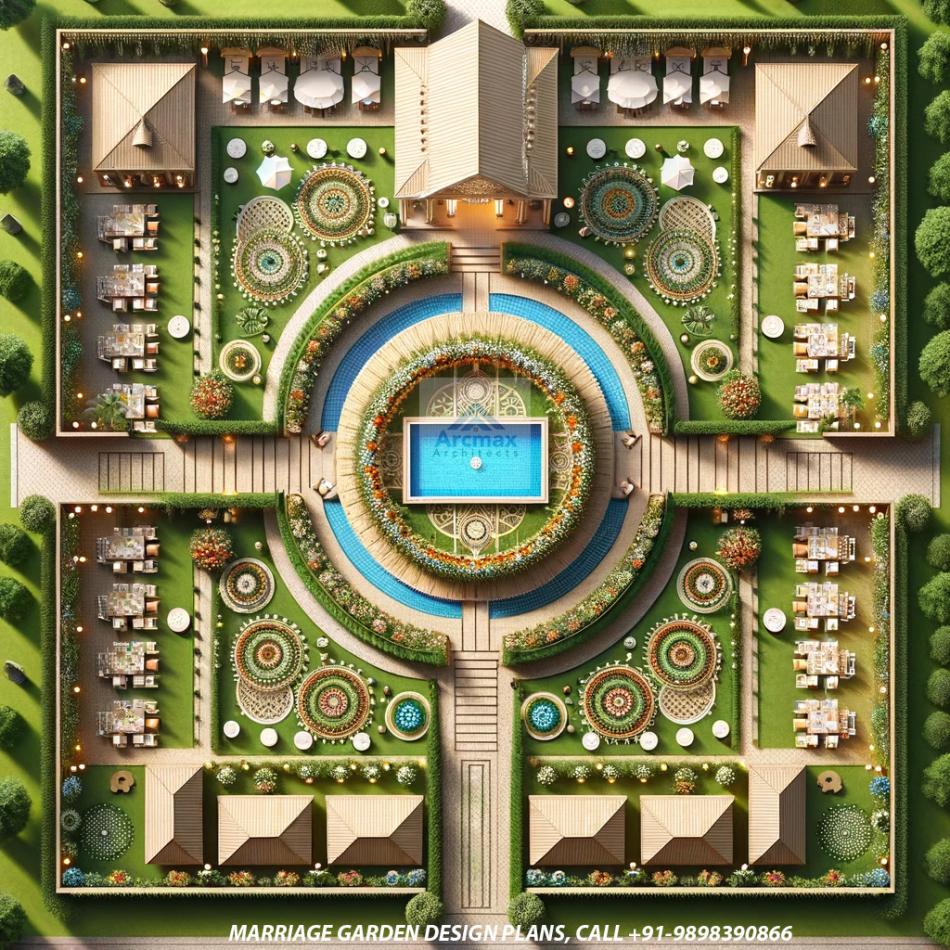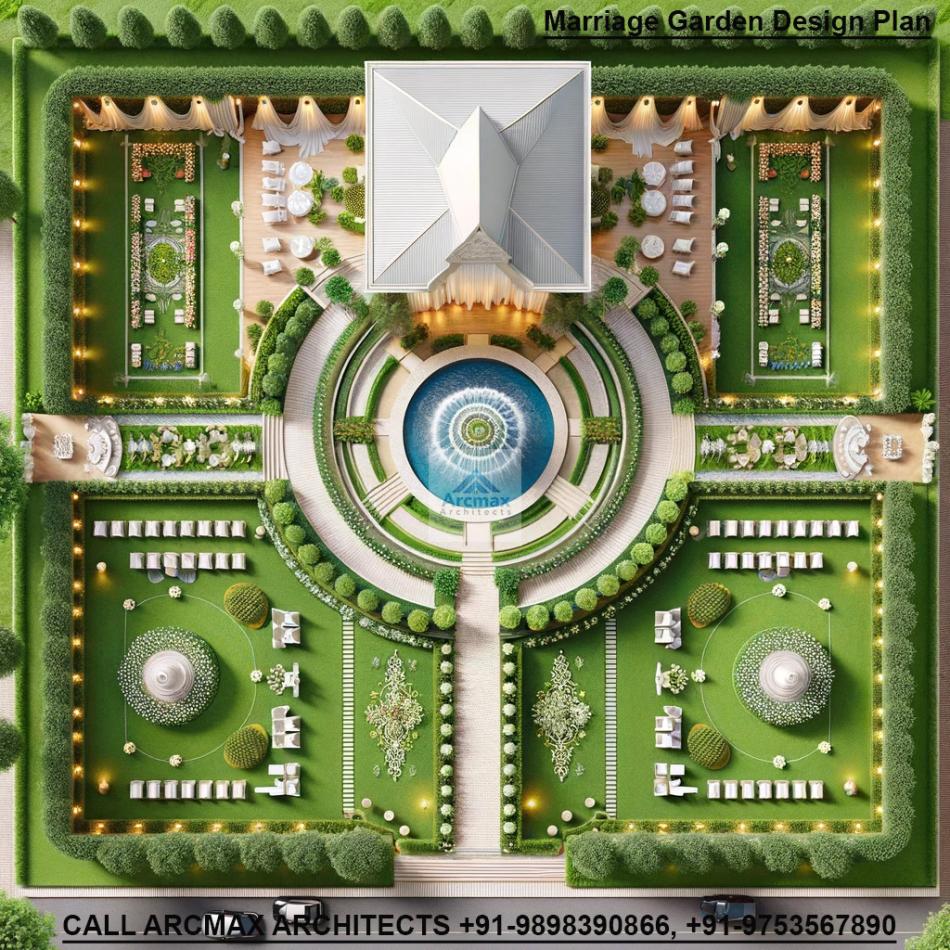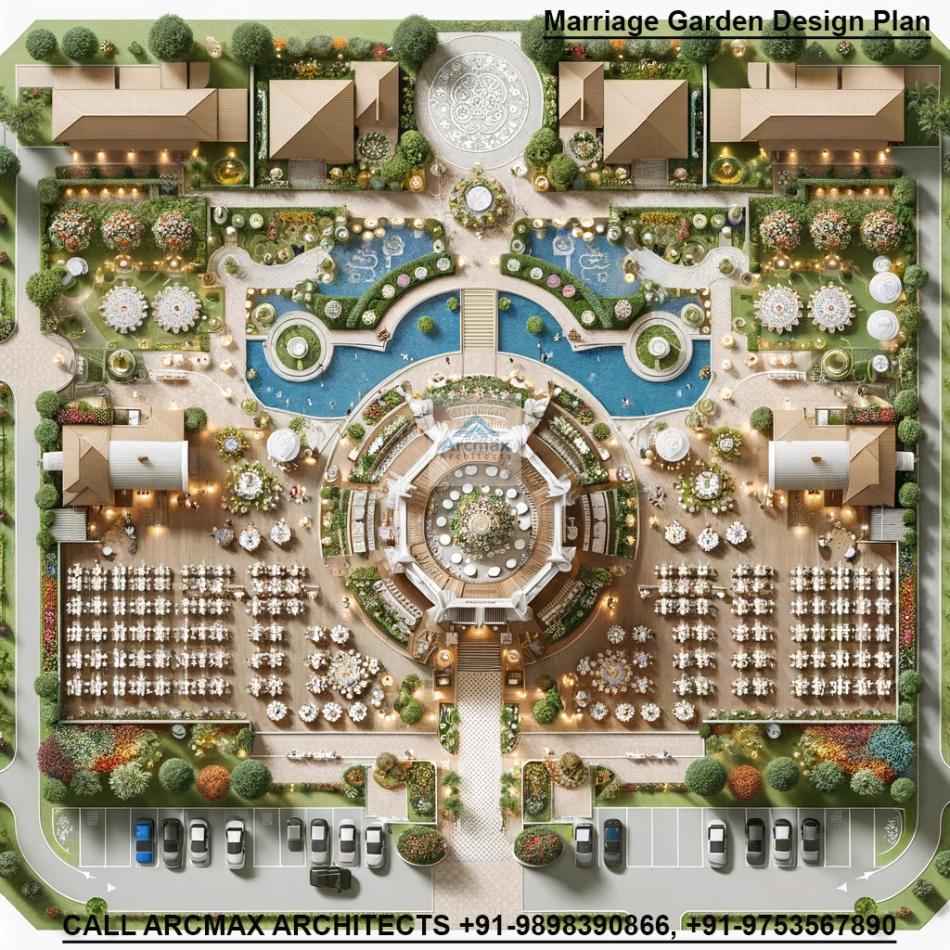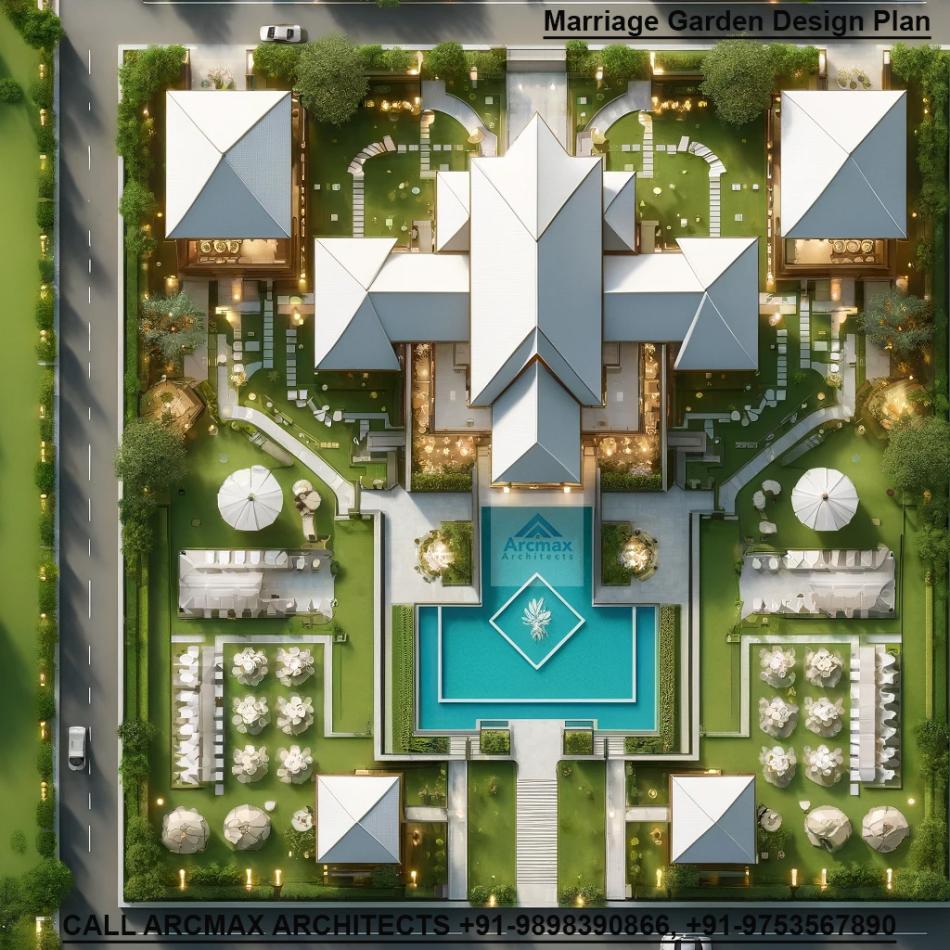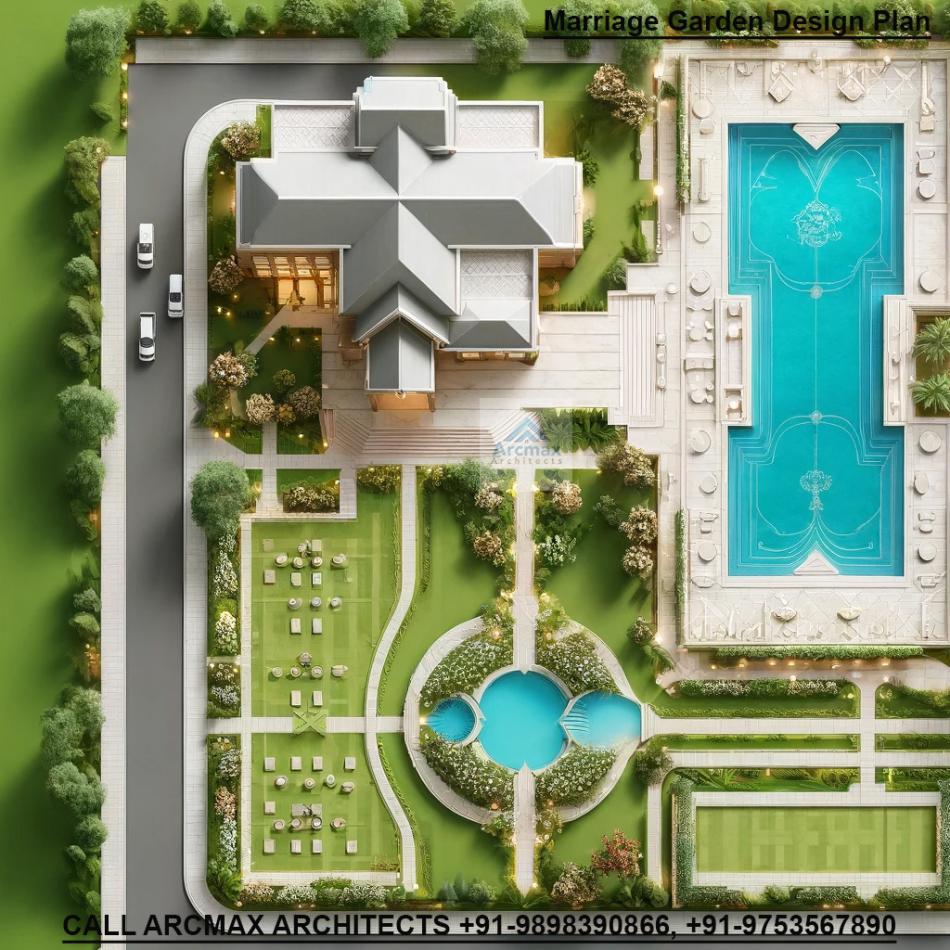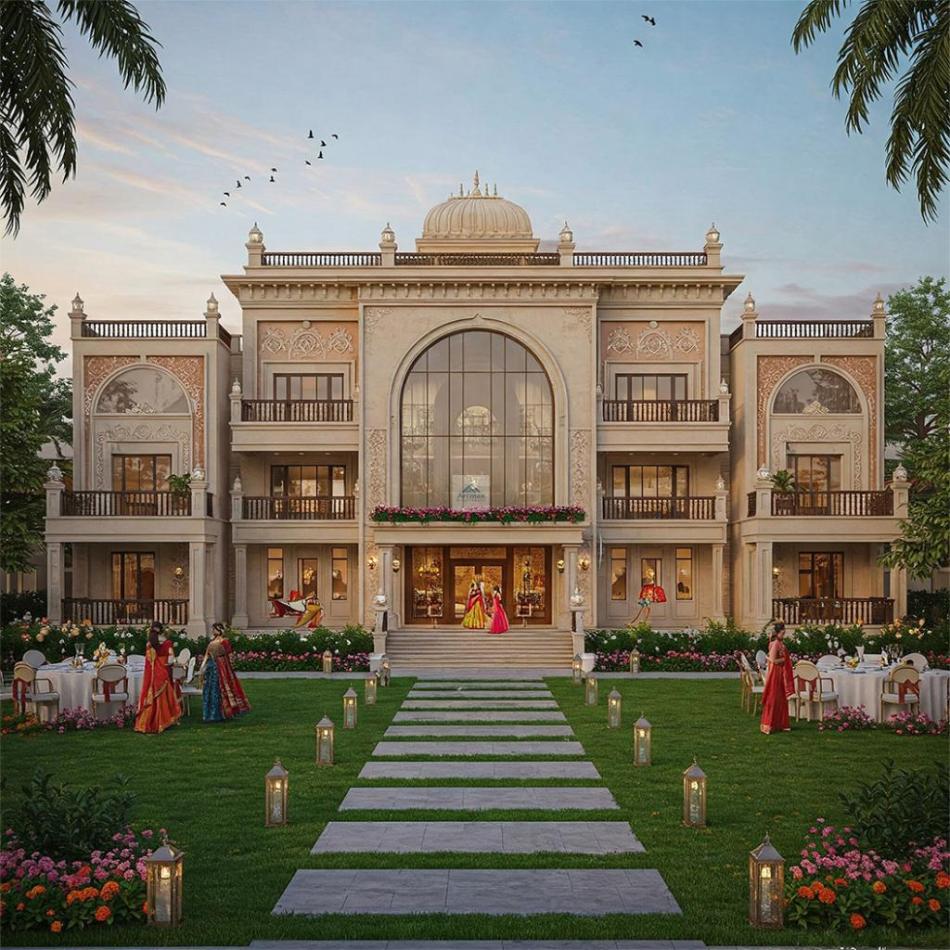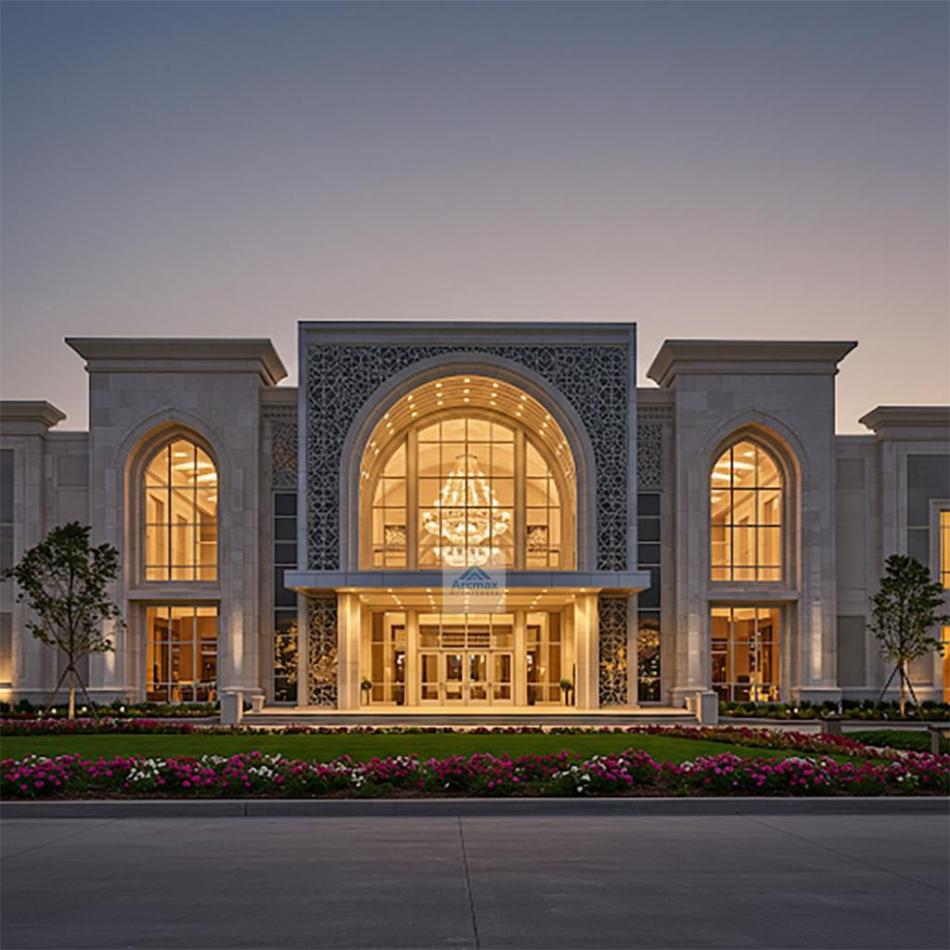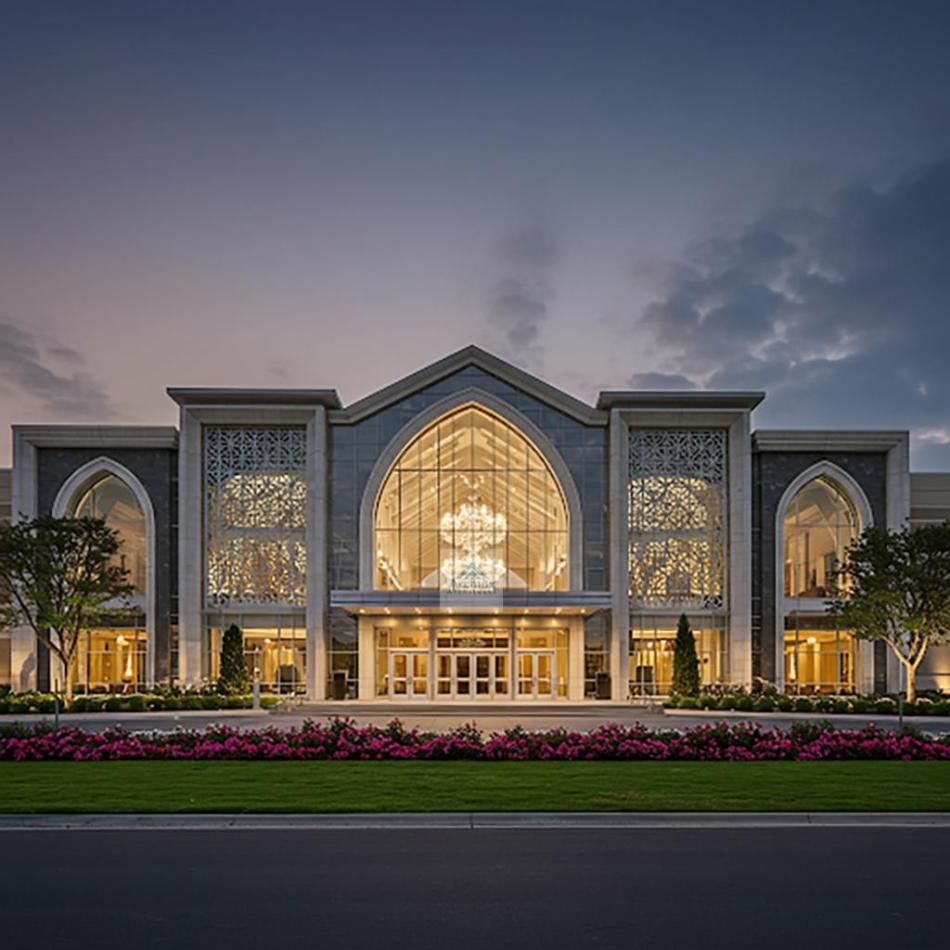Bakeri City, Pincode: 380015 Ahmedabad, Gujarat, India,
244 Madison Avenue, New York, United States
Our Client






Seasonal and Thematic Garden design and planning
Seasonal and thematic garden design and planning is a creative and dynamic approach to landscape architecture that tailors the appearance and atmosphere of a marriage garden to reflect different seasons or specific themes. This approach not only enhances the visual appeal of the garden but also ensures that it remains vibrant and engaging throughout the year or aligns perfectly with the theme of individual weddings. Here’s how to effectively implement seasonal and thematic designs in a marriage garden:
1. Understanding Seasonal Changes
The first step in seasonal garden planning is understanding the local climate and how it changes throughout the year. This knowledge enables garden designers to select plants and decorations that thrive in each season, ensuring the garden remains lively and colorful regardless of the time of year. For instance, spring gardens might feature tulips and daffodils, while autumn arrangements could include chrysanthemums and ornamental kale.
2. Incorporating Seasonal Plants and Flowers
Seasonal plants are the cornerstone of a garden that changes appearance with the seasons. By incorporating a mix of perennials, annuals, and bulbs that bloom at different times, a garden can maintain continuous interest and beauty. In addition to flowers, incorporating seasonal shrubs and trees can add texture and color variation.
3. Thematic Garden Design
Thematic garden design involves creating spaces that encapsulate specific themes, such as a romantic rose garden, a serene Japanese garden, or a vibrant tropical garden. These themes can be tailored to match the wedding couple's preferences, creating a personalized backdrop for their special day. Each theme can dictate the choice of plants, hardscape materials, and decorative elements used in the garden.
4. Flexible Hardscaping
Hardscaping elements such as paths, pergolas, and water features provide a permanent structure around which seasonal and thematic changes can occur. Choosing neutral colors and classic designs for these elements ensures they complement a wide range of themes and decorations, allowing for easier transitions between seasons or events.
5. Decorative Elements and Accessories
Seasonal and thematic transformations can be further enhanced with the use of decorative elements and accessories. Seasonal decorations might include pumpkins and hay bales in the fall or twinkling lights and evergreens in the winter. For thematic weddings, accessories such as lanterns, fabric drapes, or specific color palettes can help reinforce the chosen theme.
6. Seasonal Color Schemes
Color plays a significant role in both seasonal and thematic garden designs. A carefully selected color palette can evoke the desired mood and complement the garden’s natural beauty. Warm colors like red, orange, and yellow can enhance a fall theme, while pastels are perfect for spring.
7. Lighting and Sound
Lighting and sound design can also reflect seasonal or thematic elements. Warm, soft lighting can create a cozy autumnal atmosphere, while bright, colorful lights can mimic the vibrancy of summer. Similarly, background music or the sound of water features can be tailored to enhance the thematic experience.
8. Planning for Change
Seasonal and thematic gardens require planning and flexibility. A successful design considers the growth rates and lifespans of plantings, as well as the logistics of changing decorations and themes for different events or seasons. This might involve creating a rotating plan for plantings and decor that ensures the garden’s appearance is always fresh and engaging.
Conclusion
Seasonal and thematic garden design and planning is a dynamic approach that can significantly enhance the appeal and experience of a marriage garden. By thoughtfully selecting plants, hardscaping, and decorative elements, and by considering the changing seasons and client preferences, designers can create a garden that is not only beautiful but also deeply resonant with the celebrations it hosts



